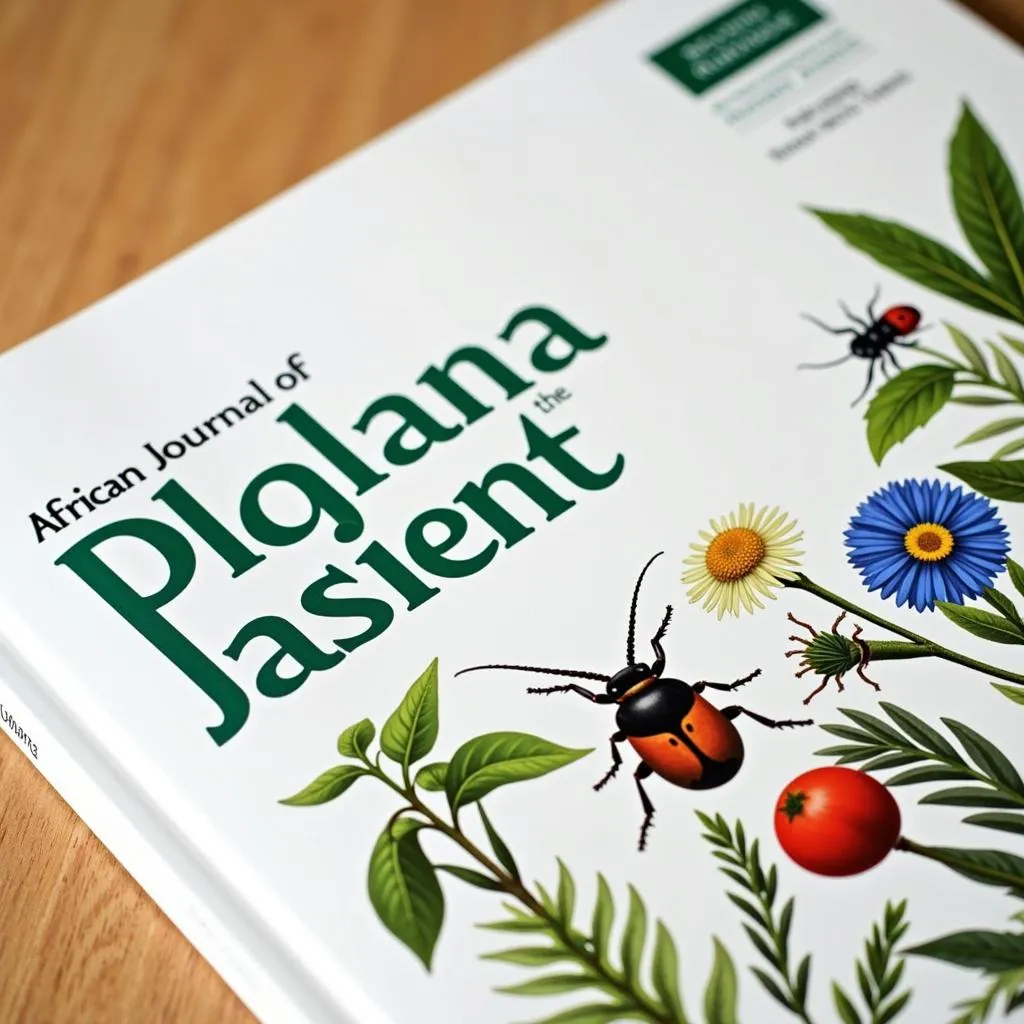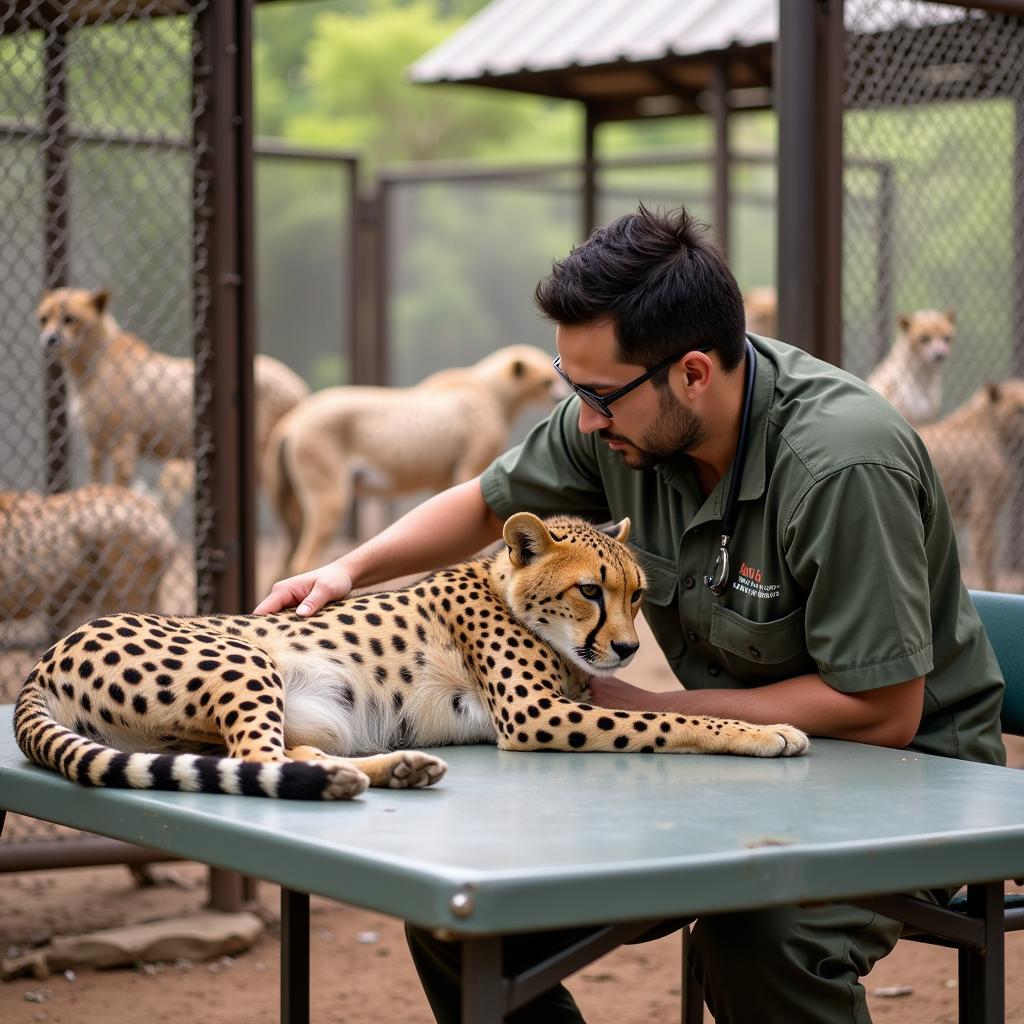The African Crested Porcupine: Habitat and Lifestyle
The African crested porcupine (Hystrix cristata) is a large rodent found throughout sub-Saharan Africa. It is easily recognized by its distinctive crest of long, sharp spines, which it uses for defense against predators. These incredible creatures inhabit a variety of habitats, from forests and grasslands to rocky outcrops and even urban areas. Let’s delve into the world of the African crested porcupine and discover what makes these fascinating animals thrive in their unique environments.
Where Do African Crested Porcupines Live?
Habitat:
African crested porcupines are incredibly adaptable and can be found in a wide range of environments across sub-Saharan Africa. They are generally found in areas with:
- Dense vegetation: This provides them with cover from predators and a good source of food.
- Access to water: While they are good at conserving water, porcupines need to drink regularly, especially during the dry season.
- Suitable nesting sites: They often choose rocky outcrops, abandoned burrows, or even hollow trees for shelter.
Distribution:
Their distribution spans a vast area, including countries like:
- South Africa: The species is common in the country’s savannas and forests.
- Tanzania: They inhabit diverse ecosystems from the Serengeti National Park to the Ngorongoro Crater.
- Kenya: Porcupines are frequently seen in national parks like Tsavo and Amboseli.
- Ethiopia: They are found in the country’s highlands and lowlands.
- Nigeria: They are present in the country’s forests and grasslands.
Adaptability:
Their ability to thrive in diverse environments is a testament to their remarkable adaptability. They are capable of surviving in:
- Dry savannas: They can cope with limited water availability.
- Dense forests: They navigate the dense undergrowth and find suitable food sources.
- Rocky outcrops: They use their strong claws to climb and seek refuge in caves.
- Urban areas: They are increasingly found in urban environments, often seeking food in garbage dumps.
The African Crested Porcupine’s Home: Burrow Systems
Creating a Burrow:
The African crested porcupine is known for its elaborate burrow systems. These burrows provide them with:
- Shelter from predators: The burrows act as safe havens from lions, leopards, and other predators.
- Protection from extreme weather: They provide a cool escape from the scorching sun and a warm retreat during cold nights.
- Raising young: Porcupines use their burrows to raise their young, providing a secure environment for their offspring.
Burrow Characteristics:
Their burrows are typically:
- Extensive: They can extend up to 10 meters long and have multiple entrances.
- Well-maintained: They are kept clean and free of debris.
- Complex: They can have multiple chambers, including a nesting chamber, a food storage chamber, and a latrine.
Multiple Burrows:
Porcupines often have multiple burrows within their territory, allowing them to move from one to another, depending on the availability of food or the presence of predators.
What Does the African Crested Porcupine Eat?
Diet:
African crested porcupines are primarily herbivores and their diet consists mainly of:
- Plant roots: They dig up roots and tubers using their powerful claws.
- Bark and stems: They gnaw on bark and stems, especially during the dry season.
- Fruits and vegetables: They are opportunistic feeders and consume a variety of fruits and vegetables when available.
- Occasionally insects: They supplement their diet with insects, which they find on the ground or on plants.
Feeding Habits:
- Nocturnal: They are most active at night, foraging for food under the cover of darkness.
- Solitary: They are generally solitary feeders, although they may sometimes share feeding areas with other porcupines.
- Strong sense of smell: They use their keen sense of smell to locate food sources.
Defending Themselves: Quills and Other Strategies
Quills:
Their most notable defense mechanism is their array of sharp, barbed quills. These quills are:
- Modified hair: They are actually modified hairs that have hardened and become sharp.
- Easily detached: They easily detach from the porcupine’s body when they are threatened.
- Barbed: Their barbed nature makes it difficult to remove them once they are embedded in an attacker.
Other Defenses:
Besides their quills, African crested porcupines employ other defense strategies, including:
- Tail-slapping: They can forcefully slap their tail against the ground to create a loud noise and scare away attackers.
- Teeth: Their sharp teeth are effective for biting and can cause significant injury to predators.
- Vocalizations: They can make a variety of hissing and grunting sounds to warn potential threats.
Social Structure and Reproduction
Social Behavior:
African crested porcupines are generally solitary animals and only interact with each other during the breeding season.
Reproduction:
- Breeding season: They breed throughout the year, but breeding activity is more common during the rainy season.
- Gestation period: The gestation period is approximately 112 days.
- Litter size: They usually give birth to 1-4 young, called porcupettes.
- Parental care: The mother porcupine cares for her young for several months, teaching them essential skills, such as finding food and defending themselves.
African Crested Porcupines and Humans
Interactions:
African crested porcupines often come into contact with humans, particularly in areas where their habitats overlap. These interactions can sometimes lead to conflicts, such as:
- Damage to crops: They can damage crops by digging up roots and gnawing on stems.
- Collisions with vehicles: They are often killed by vehicles, particularly at night when they are foraging.
- Attacks on pets: Although they are not naturally aggressive, they can attack pets if they feel threatened.
Conservation Status:
The African crested porcupine is classified as “Least Concern” by the International Union for Conservation of Nature (IUCN). However, their populations are facing threats due to:
- Habitat loss: Human activities like deforestation and agriculture are destroying their habitats.
- Hunting: They are hunted for their meat and quills, which are used in traditional medicine and crafts.
- Roadkill: Increasing road traffic is resulting in significant numbers of roadkill.
Living with African Crested Porcupines
Protecting their habitat:
It is crucial to protect their habitats to ensure their survival. This can be achieved through:
- Promoting sustainable land management practices: Implementing sustainable farming techniques that minimize habitat destruction.
- Establishing protected areas: Protecting forests and grasslands where they live.
- Raising awareness: Educating local communities about the importance of conserving these amazing creatures.
Coexisting with porcupines:
In areas where humans and porcupines share habitats, it is important to:
- Use appropriate fencing: To protect crops and gardens from porcupine damage.
- Avoid feeding porcupines: It is best to avoid feeding porcupines as it can make them less fearful of humans and increase their risk of being hit by vehicles.
- Call wildlife professionals: If you have a porcupine in your yard, contact wildlife professionals for safe and humane removal.
What to do if you encounter a porcupine:
- Stay calm and keep your distance: Never approach a porcupine.
- Do not try to touch or handle it: Their quills are very sharp and can cause serious injury.
- If a porcupine is in your yard, call wildlife professionals for safe removal: They have the experience and knowledge to handle porcupines safely.
Conclusion:
The African crested porcupine is a fascinating and unique animal that plays a vital role in the ecosystems it inhabits. Understanding their habitat, lifestyle, and conservation needs is crucial for ensuring their survival. By promoting sustainable land management practices, establishing protected areas, and raising awareness about their importance, we can help protect these remarkable creatures for future generations.


